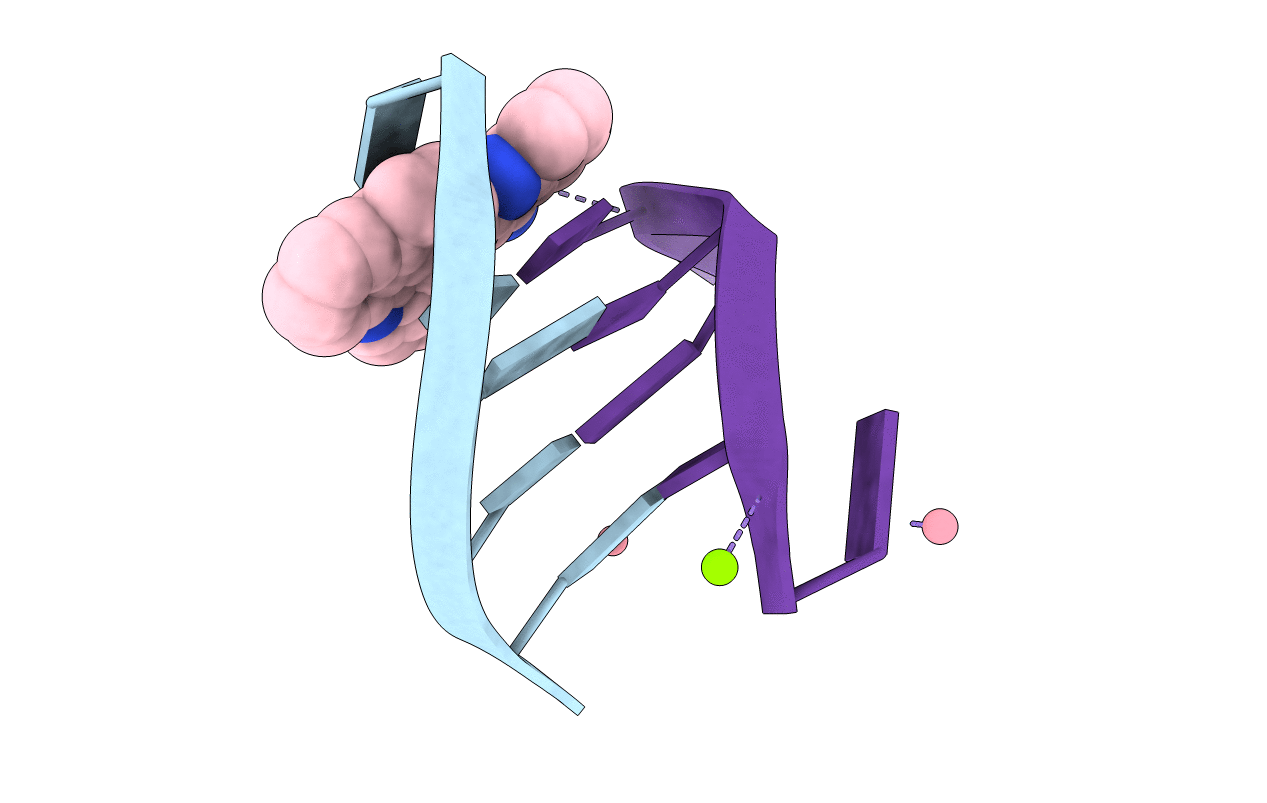
Deposition Date
2003-12-07
Release Date
2004-05-11
Last Version Date
2023-08-23
Entry Detail
PDB ID:
1RQY
Keywords:
Title:
9-amino-[N-(2-dimethylamino)proply]-acridine-4-carboxamide bound to d(CGTACG)2
Biological Source:
Source Organism:
Method Details:
Experimental Method:
Resolution:
1.55 Å
R-Value Free:
0.28
R-Value Work:
0.22
R-Value Observed:
0.22
Space Group:
C 2 2 2


